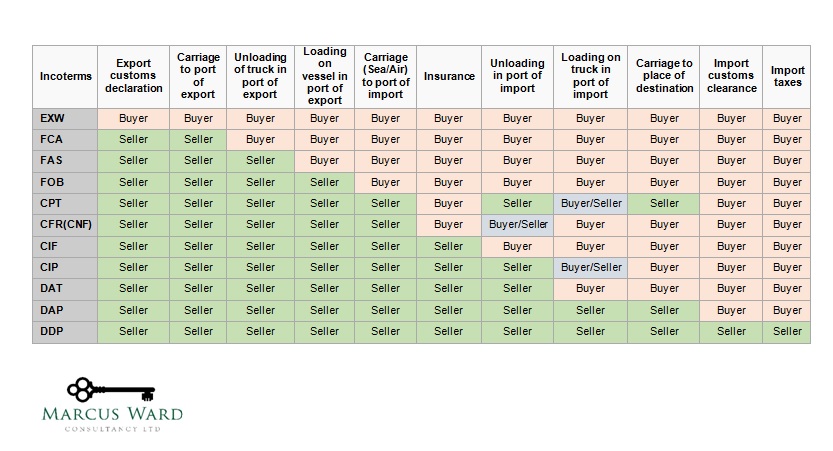With news that HMRC is testing a new electronic submission portal – the Secure Data Exchange Service (SDES) system for overseas businesses to recover VAT incurred in the UK, I thought it timely to look at the process. Especially as the deadline is 31 December 2022 for VAT incurred between 1 July 2021 and 30 June 2022.
The SDES is currently being tested. However, it is available to businesses to make claims, but during the testing period a claimant will need to email HMRC to request access.
Access to SDES request
Claimants wishing to use SDES, are required to email newcastle.oru@hmrc.gov.uk and should include:
- ‘SDES’ in the subject field
- confirmation that the business would like to use the SDES
- whether there is a Business Tax Account already set up
HMRC says it will contact the requestor within 15 calendar days to start the registration process and provide registration guidance.
Any queries on the registration process, may be addressed to the Overseas Repayment Unit on 0300 322 9279
If it goes wonky
HMRC states that during testing there may be times when SDES be stopped without notice. If it is stopped, claimants will be told by HMRC updating its online guidance. Further: If the service is stopped, it will not affect the claims that have already been submitted through it.
The alternative to claiming during testing is the good old-fashioned paper claims.
Claims in the UK
A non-UK based business may make a claim for recovery of VAT incurred in the UK. Typically, these are costs such as; employee travel and subsistence, service charges, exhibition costs, tooling, imports of goods, training, purchases of goods in the UK, and clinical trials etc.
Who can claim?
The scheme is available for any businesses that are:
- not VAT registered in the UK
- have no place of business or other residence in the UK
- do not make any supplies in the UK
What cannot be claimed?
The usual rules that apply to UK business claiming input tax also apply to claims from overseas. Consequently, the likes of; business entertainment, car purchase, non-business use and supplies used for exempt activities are usually barred.
Amount
There is no maximum claim amount, but for most periods of less than twelve months a minimum of £130 of VAT must be claimed. For annual claims or for periods less than three months ending on 30 June, the VAT must be at least £16.
Process
The business must obtain a Certificate Of Status (CoS) from its local tax or government department to accompany a claim.
The CoS must be the original and contain the:
- name, address and official stamp of the authorising body
- claimants name and address
- nature of the claimant’s business
- claimant’s business registration number
The CoS is only valid for twelve months. Once it has expired you will need to submit a new CoS.
HMRC has previously announced (RCB 12 – 2018) that it is taken a firmer stance on what constitutes an acceptable CoS.
Claim form
The application form is a VAT65A and is available here Original invoices which show the VAT charged must be submitted with the claim form and CoS. Applications without a certificate, or certificates and claim forms received after the deadline are not accepted by HMRC. It is possible for a business to appoint an agent to register to enable them to make refund applications on behalf of that business.
Deadline
Claim periods run annually up to 30 June and must be submitted by 31 December of the same year. With the usual Christmas rush and distractions, it may be easy to overlook this deadline and some claims may be significant. Unfortunately, this is not a rapid process and even if claims are accurate and the supporting documents are in all in order the claim often takes some time to be repaid. Although the deadline is the end of the year HMRC say that it will allow an additional three months for submission of a CoS (only).
Payment
Refunds are made within six months of a “satisfactory application”.
Further information is available here HMRC guidance.

